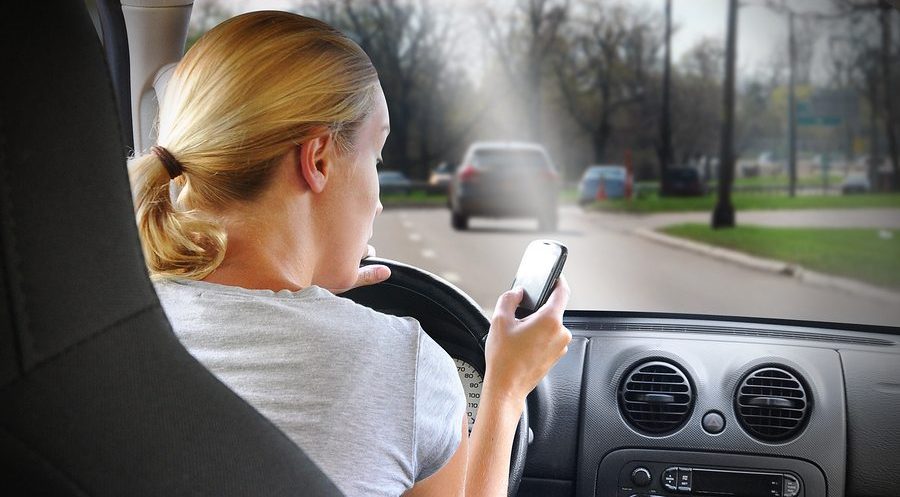There is an old Country song that says “I’m in a hurry to get things done… I’m in a hurry and I don’t know why.” Today multitasking seems to be as much a part of life as the internet and cell phones are. We are always trying to get more done and do more things every day which often means doing several things at the same time- whether we should or not. When this drive to multitask carries over onto the road it becomes a major hazard. Distracted driving is one of the leading causes of automobile accidents and leads to injuries and even death. This is why there is such a big push for legal guidelines against distracted driving and why more and more communities are beginning educational programs to teach the dangers of driving while distracted.
Types of Distracted Driving
Distracted driving can be broken down into three basic different categories:
Cognitive distraction
Cognitive or as it also known as mental distraction is when your mind isn’t focused on driving and your mind wanders and gets focused on something else other than the road. Your eyes may be on the road but your mind is not fully focused on what you are doing. Talking to your passengers, listening to the radio, thinking about family or work issues, or anything else along those lines can pull your attention way from the road and make your mind wander. Even a moment of directed by getting too deep into thought or too focused n a conversation can lead to an accident so you must always stay focused when you are behind the wheel!
Visual distraction
Visual distractions are what happens when a driver looks something else, anything else, other than the road ahead. Anything really can be a visual distraction- checking kids in the backseat while driving, looking at the dashboard for more than a second, looking at the GPS or traffic report on your phone, or even looking at billboards on the side of the road or rubber necking as you pass an accident scene all lead to visual distractions. Traveling alone or with passengers can be equally risky for visual distractions as you are either distracted by your passages, or your eyes wander out of boredom when you are traveling alone.
Manual distraction
Manual distraction occurs whenever the driver takes one or both hands off the wheel – for any length of time and for any reason. Some common examples include eating and drinking in the car, adjusting the GPS, changing the radio station, putting in a new CD, putting on makeup, handing something to someone in the back seat or trying to get something from a purse, wallet, or briefcase. This is one of the most risky of all the behaviors because you are usually not just giving up a hand to control the steering wheel but you are- at least for a few seconds- being visually distracted and most likely also being mentally distracted as well.
Texting and driving is one of the biggest causes of distracted driving and it is particularly dangerous because it involves all of the above each and every time, which is why it is so deadly and why it is being cracked down on so hard compared to other forms of distracted driving. It is very well known that people should not text while driving, however in our connected society, putting the phone down is much easier said than done.
Some Tips for Avoiding Distractions
We would love for no one to ever have to call us to represent them in auto accident case that was caused by distracted driving, and to help reach that dream, here are five simple things you can do right now to avoid distracted driving:
- Turn off your cell phone — even if you’re expecting important calls. If you absolutely must take a call in an emergency, only use a hands-free set, keep the call as short as possible, and it is best to pull over to answer the call or to call back and have the conversation.
- When driving with children or pets, check their harness, belts, straps and everything else before you head out. If they need your attention during the drive, pull over before handling the situation. Never try to fiddle with this while you are in motion.
- Eat before you head our or after you have reached your destination. Leave a few minutes early so you have time to stop and eat somewhere before heading on the road. Just don’t eat while driving, it is too risky and too distracting.
- Program your GPS before you leave the driveway. Enter in addresses, check the path you want to take and make any adjustments before you pull out of the driveway. If you need to make changes, pull over before fiddling with the device.
- Set your radio and leave it or have your travel music hooked up and ready to go before you head out so you are not surfing channels or switching things out while you are driving. Keep the volume low so you are not overly distracted.
Call us today to learn more about the dangers of distracted driving and what to do if you have already been affected by this threat.
